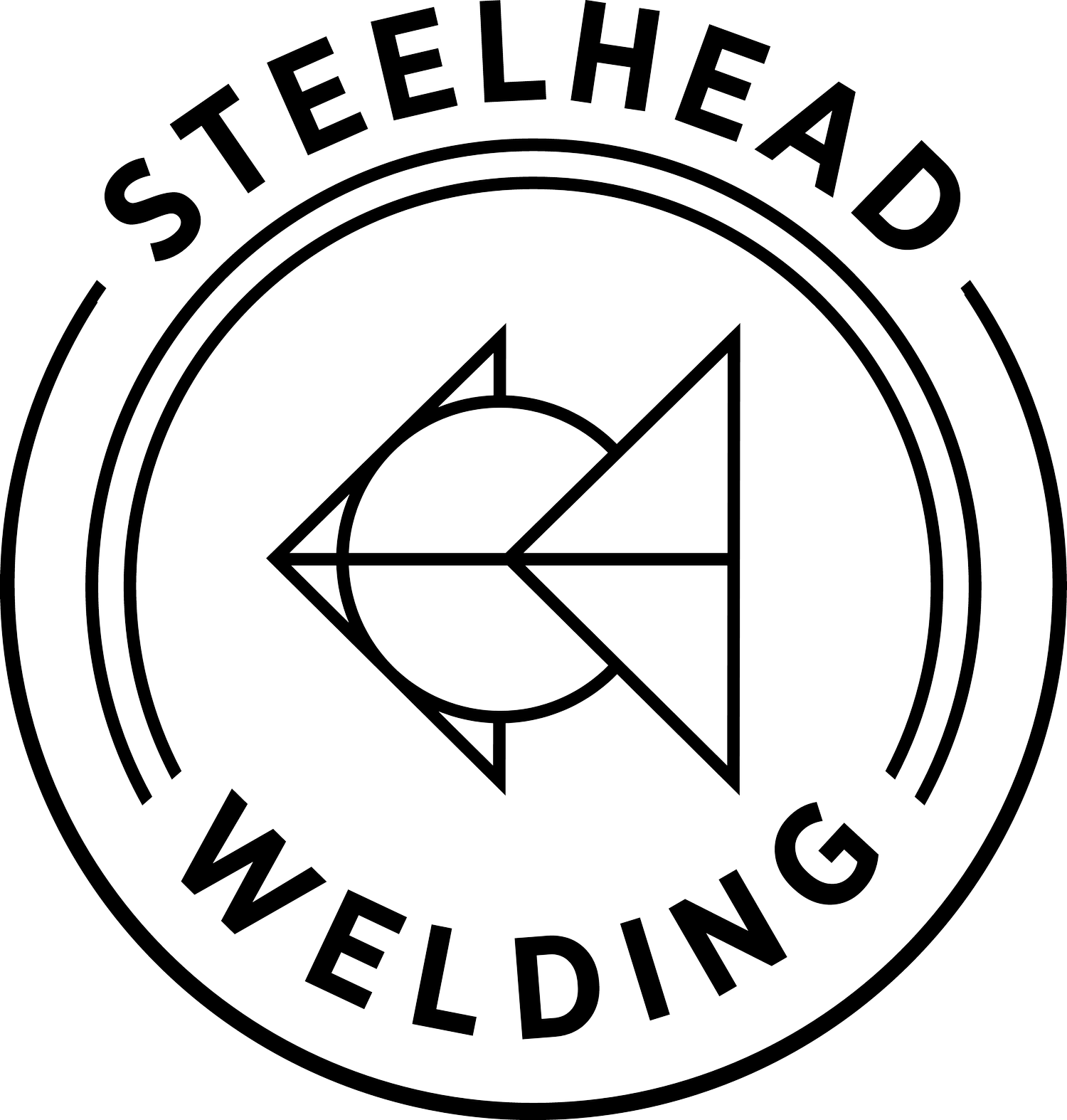Mobile Welding
-
Stiffeners are secondary plates or sections which are attached to beam webs or flanges to stiffen them against out of plane deformations.
-
Beam splices are secondary plates or sections which are attached (mechanically / welded / or both) to connect beam webs along the same linear plane. Typically, beam splices are attached above a post or point load.
-
When two beams form a perpendicular angle, beam clips are secondary angle iron segments which are attached to beam webs.
-
RTUs are any heating, ventilation, and air conditioning (HVAC) unit installed on a roof which requires additional support. A welder will install metal components to the ceiling joists to provide the HVAC unit the required support.
-
Hardfacing is the deposition of thick coatings of hard, wear-resistant materials on a worn or new component surface that is subject to wear in service.
-
Fabrication on site. RTUs are a good example: bring all the material required, take measurements, cut, fit, weld.
-
What have you got in mind? The possibilities are nearly endless.
Fabrication
-
Custom made window well covers are a sturdy alternative to store bought adjustable covers. These window well covers fit perfectly as they are made to the specifications of your window well. Additionally, you may choose any color of powder coating to provide long lasting durability against the elements, while also providing a unique aesthetic.
-
Gotta drive on to the trailer somehow.
-
Steel forms do not absorb moisture from the concrete, reducing errors observed after removing the concrete forms.
-
Seriously. Draw it on a napkin and we’ll make it a reality.
Repair
-
Heavy machinery and heavy-duty vehicles take a beating resulting in component cracks. I can repair cracked or damaged metal components to make your equipment serviceable again.
-
Water tends to accumulate at the base of handrail posts that are cemented into the ground, degrading them over time towards a safety hazard. I’ll cut the rusty post segment out and replace it. New posts are attached to a baseplate which is then bolted into the concrete (typically covering the concrete hole from initial installation). A weep hole at the base of the post mitigates water accumulation.
-
Was it the wind? Was it a vehicle? Doesn’t matter. Whether or not it was the weather or the car, I can repair gate segments and/or remove and replace hinges.
-
There’s a huge pile of stolen drop-bars somewhere. I can replace the stolen drop-bar with an anti theft tab. Additionally, if the drop-bar is missing or the enclosure is not secured during one of our windy days, the enclosure gates will take a beating and hinges can crack or fail. Got ya’ covered there.
-
Typically I see the mounting brackets fail and break when the blade encounters that buried tree stump at the side of the driveway.
-
Your secret is safe with me.
Process
-
Gas metal arc welding (GMAW) is an arc welding process that uses a consumable wire electrode and shielding gas, which a welding gun feeds to the joint. An electrical arc between the wire and base metal generates heat that melts both while shielding gas protects the molten weld pool from harmful atmospheric gasses.
Source: weldguru.com
-
The American Welding Society (AWS) classifies TIG welding as “gas tungsten arc welding,” but the abbreviation “GTAW” is commonly used. Initially, the process was named “heliarc,” but that term pops up rarely nowadays.
TIG, or tungsten inert gas, uses a non-consumable tungsten electrode to create an arc and join metal. It requires the use of shielding gas, most commonly pure argon or argon mixed with helium.
This welding process uses direct current (DC) and alternating current (AC) depending on the metal to be joined.
The unique aspects of TIG welding are the absence of physical contact between the electrode and the metal pieces and that the electrode is not consumed in the process. As a result, the arc is stable and clean and produces aesthetically pleasing welds.
Source: weldguru.com
-
Shielded metal arc welding (SMAW) also known as stick welding, is a manual process using a flux coated consumable electrode with a metal rod at the core.
Alternating current or direct current forms an arc between the electrode and the base metal creates the required heat. In the United States it is the most common method used.
The flux coating disintegrates and gives off vapors that serve as a shielding gas and provides a protective layer of slag.
Both protect the weld area from atmospheric contamination. As the metal rod inside the electrode melts it forms a molten pool which becomes the weld.
Source: weldguru.com
-
Oxy-acetylene fuel cutting occurs when oxygen is directed to heated metal resulting in the metal burning or oxidizing away.
Oxygen is required to support any burning process. Oxygen is not flammable by itself, however, it increases the speed and force with which burning takes place.
When combined with acetylene, the flame becomes hotter and combustion is faster.
Source: weldguru.com
-
Plasma and the plasma arc cutting process uses heated gas to cut through metal (30,000 degrees Fahrenheit).
The process works by heating gas to temperatures that cause it to ionize or conduct electricity. The gas is pressurized and shot over a tungsten electrode.
The plasma cutting machine adds electricity which forms a circuit with the metal to be cut.
The process produces heat which turns the gas into plasma, which can cut metal.
Source: weldguru.com
-

Mobile
— Rates vary —
— Free estimates —
-

In Shop
— Rates vary —
— Free estimates —




